Hiking injuries and ailments: how to avoid and treat them
A guide to prevention and treatment for 10 of the most common hiking injuries, from blisters and chafing to strains, sprains, and sunburn

The number and type of hiking injuries we might sustain while getting our wander on in the wilds is mind-boggling. From poison ivy rashes and bee stings to breaks, fractures, and frostbite, it’s a wonder that many of us haven’t pivoted to more anatomy-friendly pastimes like knitting, billiards, or gardening. Perhaps the greatest testimony to hiking’s value and appeal, however, is that we all know the risks involved and yet take to the trails regardless, fully aware that blood, tears, and occasional traumas are all distinct possibilities.
In this post, we aim to help you keep blood, tears and trauma to a minimum by showing you how to prevent the most common hiking injuries and also how to treat them with the best first aid kit for hiking or a self-assembled, DIY first aid kit for camping, hiking, and backpacking.
The 10 most common hiking injuries: avoidance and treatment
1. Blisters
Blisters are caused by friction between the skin and your footwear and/or socks. They are one of the most commonly cited hiking injuries and, though far from life-threatening, can cause a tear-inducing and trip-ending amount of pain.
Prevention The three main causes of blisters are ill-fitting boots or shoes, suboptimal sock fabric, and wet feet. To avoid blisters, make sure your hiking boots fit snugly at both the heel and toe. This will prevent your foot moving around inside and rubbing against the fabric. When you buy new boots, it’s also a good idea to spend some time breaking them in at home or on mellow walks in your neighborhood to soften up the material and let it conform to the shape of your feet – for more on this, check out how to break in hiking boots.
With regard to sock fabric, high-wicking, breathable fabrics like merino wool, nylon, polyester, or bamboo are the best option, as these will help to keep your feet free from sweat, which not only softens the skin but also increases the mobility (and, hence, rubbing) that causes blisters.
Finally, because wet feet are more prone to blistering, be sure to carry a spare pair of socks with you on every hike and change into them as soon as you feel a “hotspot” developing.
Treatment If you get a blister, pop it with a sterilized needle or camping knife (if you have one), drain it, and then disinfect the wound with alcohol or an antibacterial wet wipe. Next, cover the blister with moleskin and tape or a large band-aid to protect against further rubbing. For more on blister avoidance and treatment, check out how to prevent blisters.
All the latest inspiration, tips and guides to help you plan your next Advnture!

2. Strains and sprains
Most long-term hikers have experienced muscle strains and ankle or knee sprains at some point in their career on the trails. These hiking injuries can occur in various ways, but usually result from misplaced steps and/or inadequate pre-hike warm-ups.
Prevention Use trekking poles, watch where you place your feet, wear hiking boots on uneven ground, warm up and stretch before setting off.
Treatment To reduce swelling, soak a t-shirt in cold water (or snow, if available) and hold this against the affected area. Keep the injured limb elevated, using a backpack or spare clothing when camping or a few pillows at home. In the case of a sprained ankle or knee, an emergency splint can be fashioned by tying a trekking pole or stick to the affected joint until you have returned to your vehicle.
3. Cuts and scrapes
Very few hikers go through a season on the trails without suffering at least a few cuts and scrapes. While tricky to prevent, these hiking injuries are easy to treat and unlikely to be serious enough to require a retreat to the trailhead.
Prevention Be careful with your footing when on the move, steer clear of branches hanging over your trails, take extra care when using knives and cooking utensils around camp, and don’t try to multi-task while walking (those Instagram updates aren’t worth grazed knees and hands or a head wound from an overhanging branch!).
Treatment Wash the wound carefully to remove dirt, apply antibiotic cream or ointment to reduce the risk of infection, then cover the wound with gauze and a band-aid or bandage. With larger wounds, you may have to use a tourniquet to stop the bleeding. This can be done by wrapping a bandana, belt, or even a spare sock above the wound and twisting the ends until tight.
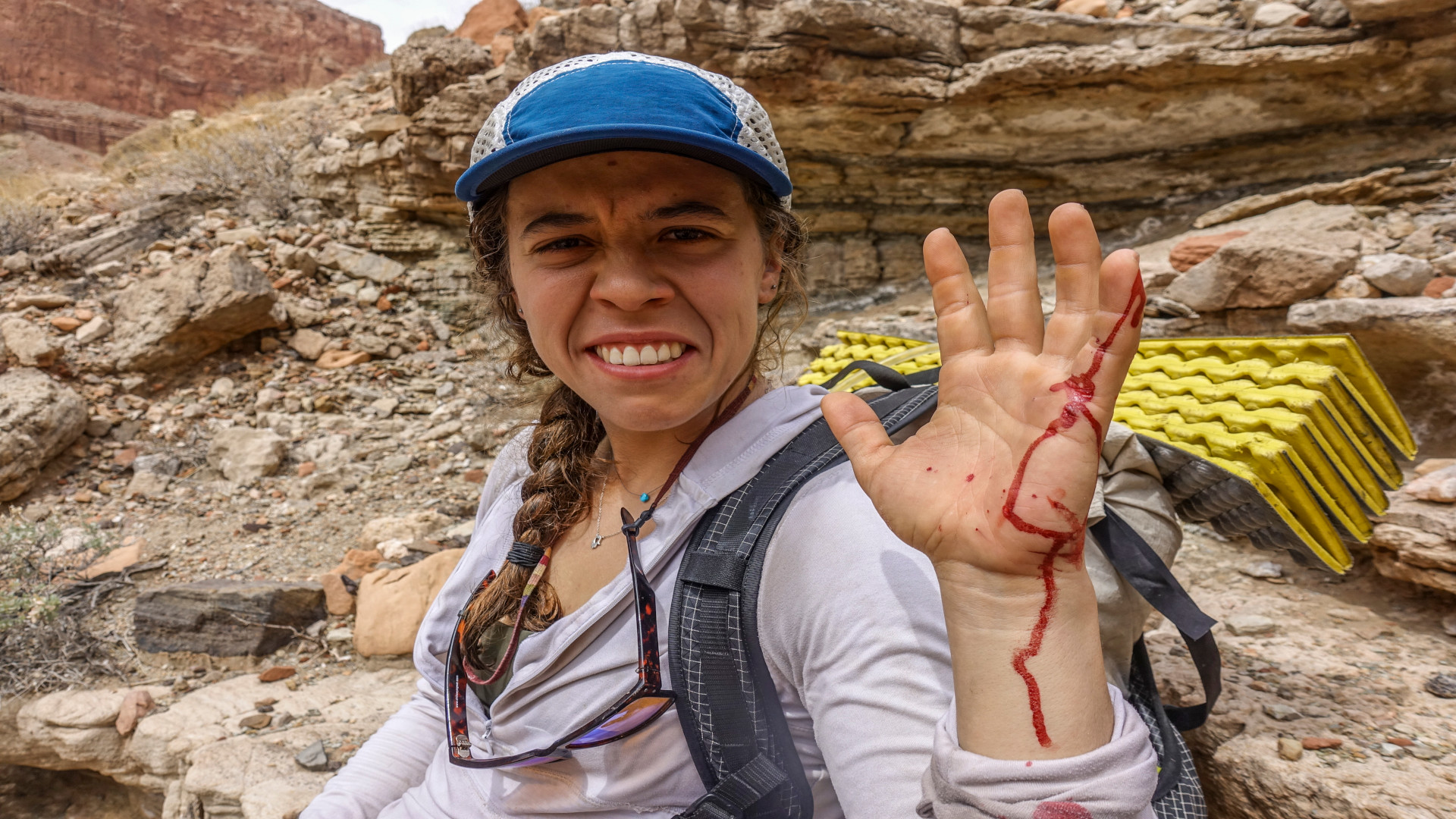
4. Tummy troubles
Wild water sources can contain a number of potentially trip-ending protozoa, viruses, and bacteria – giardia and cryptosporidium are the most common, though other water-borne nasties could lay you low with a dose of more serious ailments like dysentery, salmonella, E. Coli, hepatitis A, rotavirus, norovirus, enterovirus. The other main cause of tummy troubles on the trail is lax personal hygiene – particularly as regards hand-washing habits. For more on this, see hydration packs vs. water purification.
Prevention Wash hands frequently. Purify or sterilize all water taken from wild sources. Wash dishes and your camping mug with hot water and soap. Use purified water to brush your teeth. Carry a tube of hand sanitizer.
Treatment Rest up, drink plenty of (purified) water, take Pepto-Bismol and Imodium to alleviate symptoms.
5. Insect bites and stings
Mosquitos, midges, bees, wasps, hornets, horseflies, ticks, and kissing bugs are just a few of the legions of insects that might harm your hide while out getting your hike on. None are killers, but all have the potential to be only fractionally less afflictive than a hearty kick in the cohones.
Prevention This very much depends on the bugs in question. Most bites and stings, however, can be prevented by wearing long-sleeved shirts and hiking pants as opposed to shorts and t-shirts, and by using a head net to fend off airborne biters. Also be sure to use the best insect repellents on any exposed skin and read our explainer on different types of camping bug repellent and how to choose them. Further prevention strategies can be found in our guides on how to avoid bites and stings on the trail and how to avoid tick bites.
Treatment Apply antihistamine cream and avoid scratching the bite as this will only cause further irritation and/or infection.
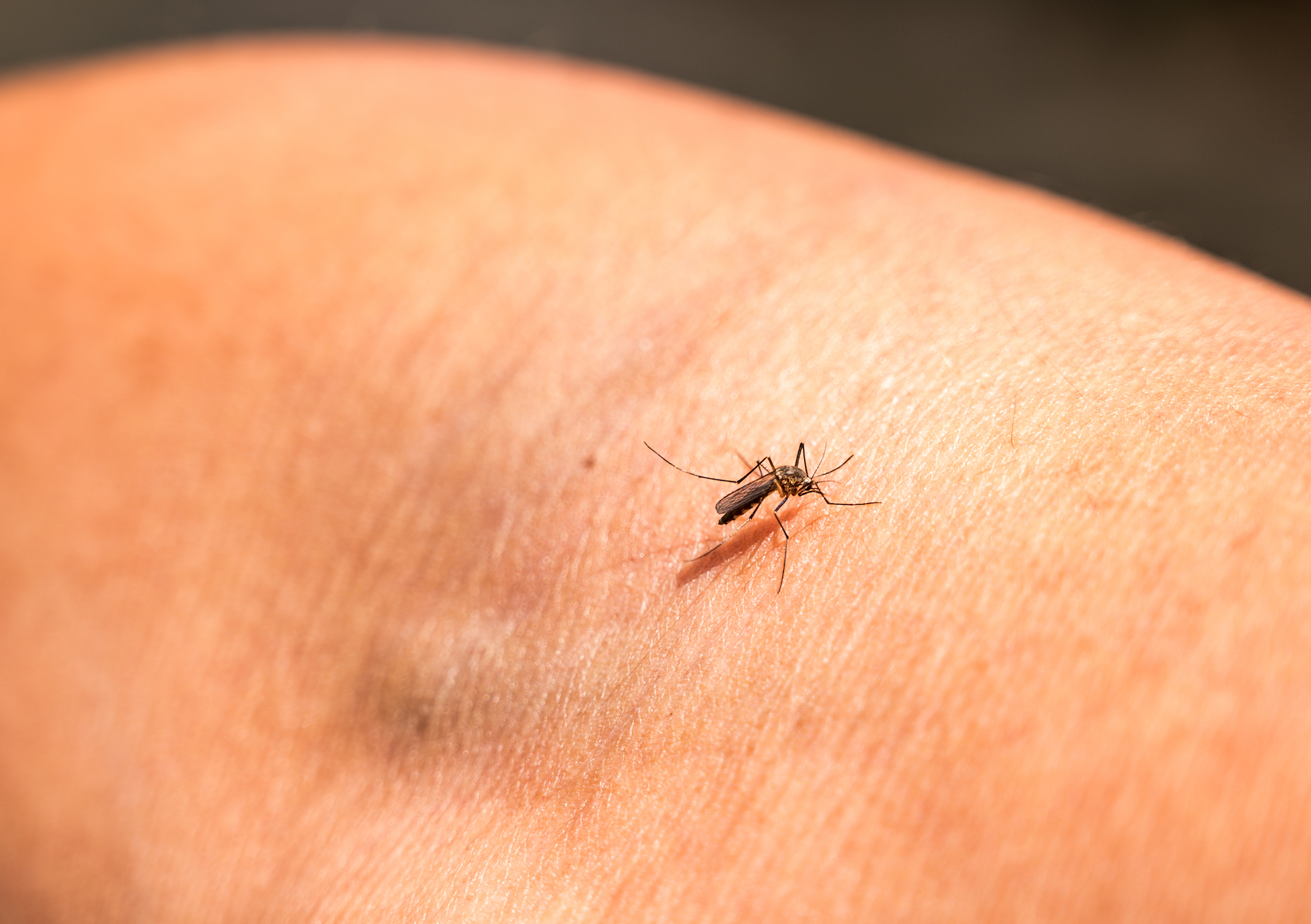
6. Hypothermia
Hypothermia occurs when your body temperature drops below 35°C/95°F, usually after prolonged exposure to ambient temperatures below 10°C/50°F or exposure to cold water.
Prevention Pack enough insulating layers to keep yourself warm throughout your hike. Ensure all of your layers use breathable, high-wicking, quick-drying fabrics like merino wool, nylon, and polyester – while being soaked in sweat isn’t a problem in and of itself, if you’re forced to stop or temperatures drop, the cold liquid in your clothing could cause your core temperature to plummet and put you at increased risk of hypothermia. Also make sure you take rest stops in sheltered areas and throw on an extra layer if you plan on stopping for more than a few minutes. Pack plenty of waterproof clothing (see our best waterproof jackets and best women’s waterproof jackets), bring an emergency bivvy bag or “space blanket” in case conditions take a turn for the worse, and carry a flask with a hot drink (see our best flask for hiking) to help you stay warm and hydrated in colder weather.
Treatment If a member of your team is showing signs of hypothermia – shivering, mumbling, stumbling, and grumbling are the most common indicators – stop moving immediately, change their wet clothes for dry ones, get them into a survival bag (aka “space blanket”), and lie next to them to warm them up with your body heat. If the person stops shivering, this means that their body is shutting down, so you should call mountain rescue services immediately.
7. Dehydration
Dehydration occurs when our bodies lose more fluids than we take in – a common occurrence when hiking in areas where water sources are scarce and we’re working up a sweat.
Prevention Drink plenty of water (see: Water for hiking: how much do you need?) and pack a few sachets or tubes of electrolytes – these are the minerals responsible for directing water to the parts of our physiology that require it the most and, like water, are lost through sweat when we exercise.
Treatment The symptoms of dehydration are excessive thirst, lack of energy, dark and smelly urine, headaches, irritability, disorientation, poor coordination, stumbling and mumbling. If you or a member of your team are showing any of these symptoms, stop hiking, take a seat in the shade, rehydrate, and only start moving again when symptoms have abated.
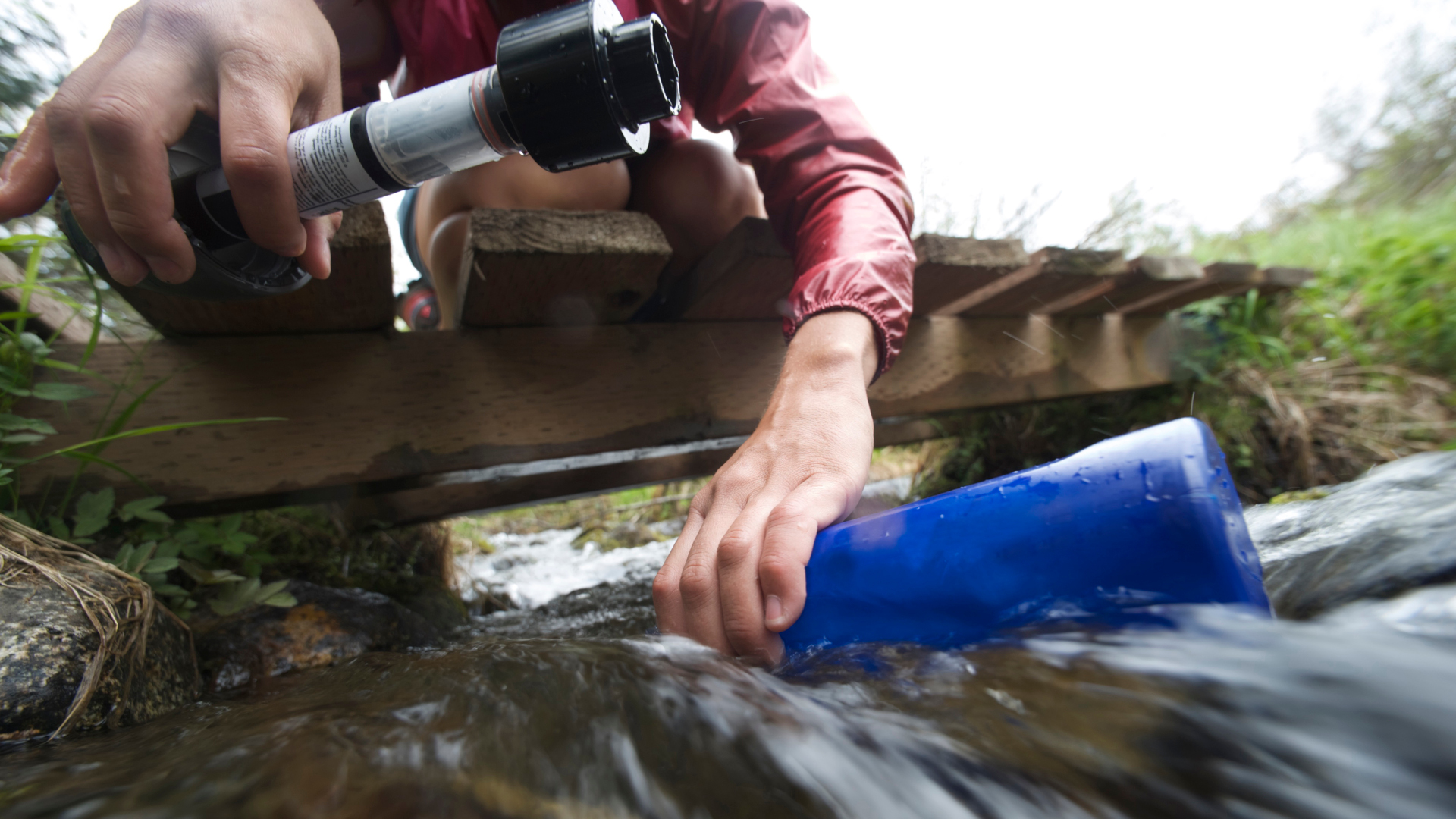
8. Sunburn
Few recreational activities expose our skin to the sun in the same way that hiking does. Not only are we out on the trails and under the sun’s searing glare for hours on end, but the potency of the sun’s UV rays also increases the higher we hike (by around 4% for every 1000-foot gain in altitude), as explained in our guide on what to wear hiking in hot weather.
Prevention Keep your skin covered by wearing long-sleeved, UPF-rated base layer shirts and hiking pants, don a sun hat to protect your head, ears, face, and neck, and wear plenty of SPF 30+ to SPF 50 sunscreen, even when hiking on hot but overcast days.
Treatment Cover the sunburnt area until you return to your vehicle/home, then apply after-sun lotion or aloe vera to soothe the skin.
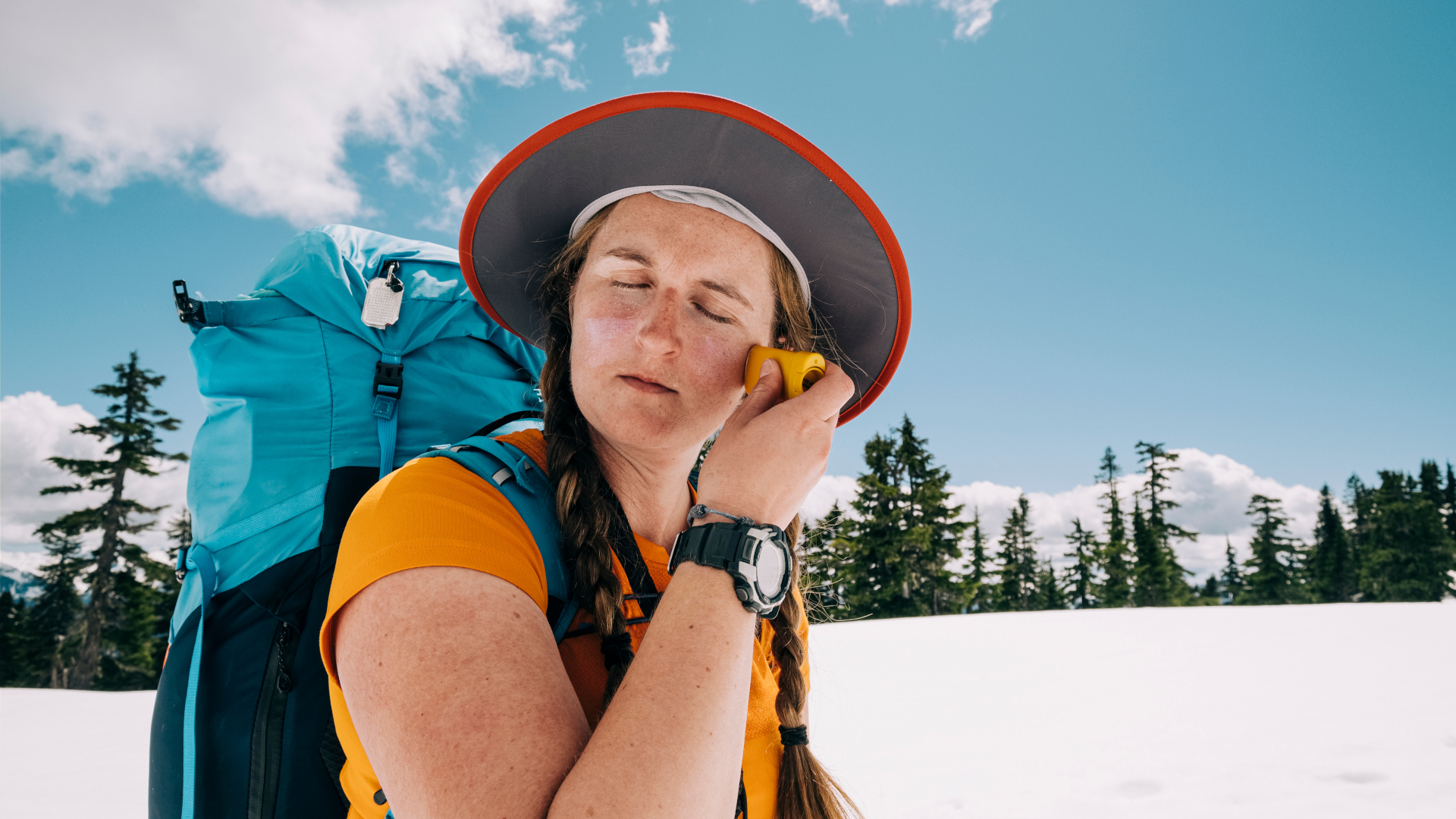
9. Frostnip and frostbite
Frostbite occurs when your skin and the underlying tissues freeze, most commonly as a result of sustained exposure to cold weather conditions. Signs of frostnip, which is a precursor to frostbite, are white, waxy, and tingling skin in the affected area. When frostnip deteriorates into frostbite, the skin feels hard and numb, and dents when you apply pressure.
Prevention The key to preventing frostbite is to keep all parts of your body covered at all times. Also avoid wearing any clothing that restricts blood flow, stay hydrated, keep yourself warm and dry throughout your hikes, and carry spares of all accessories that cover your extremities – i.e. gloves, socks, and hats – in case you lose your originals. For more on these, check out our best hiking gloves, best hiking socks, and best hiking hats.
Treatment According to the Mayo Clinic, with these hiking injuries you should protect the affected area from further exposure to the cold, avoid walking on frostbitten feet, and reduce pain with ibuprofen. To restore heat to the affected area, you can place the frostbitten body part in warm water or your (or your hiking partner’s) armpit or groin until the numbness eases off. Avoid rubbing the skin, as this can seriously damage both the skin and the underlying tissue, and seek medical assistance as soon as possible in the case of frostbite.
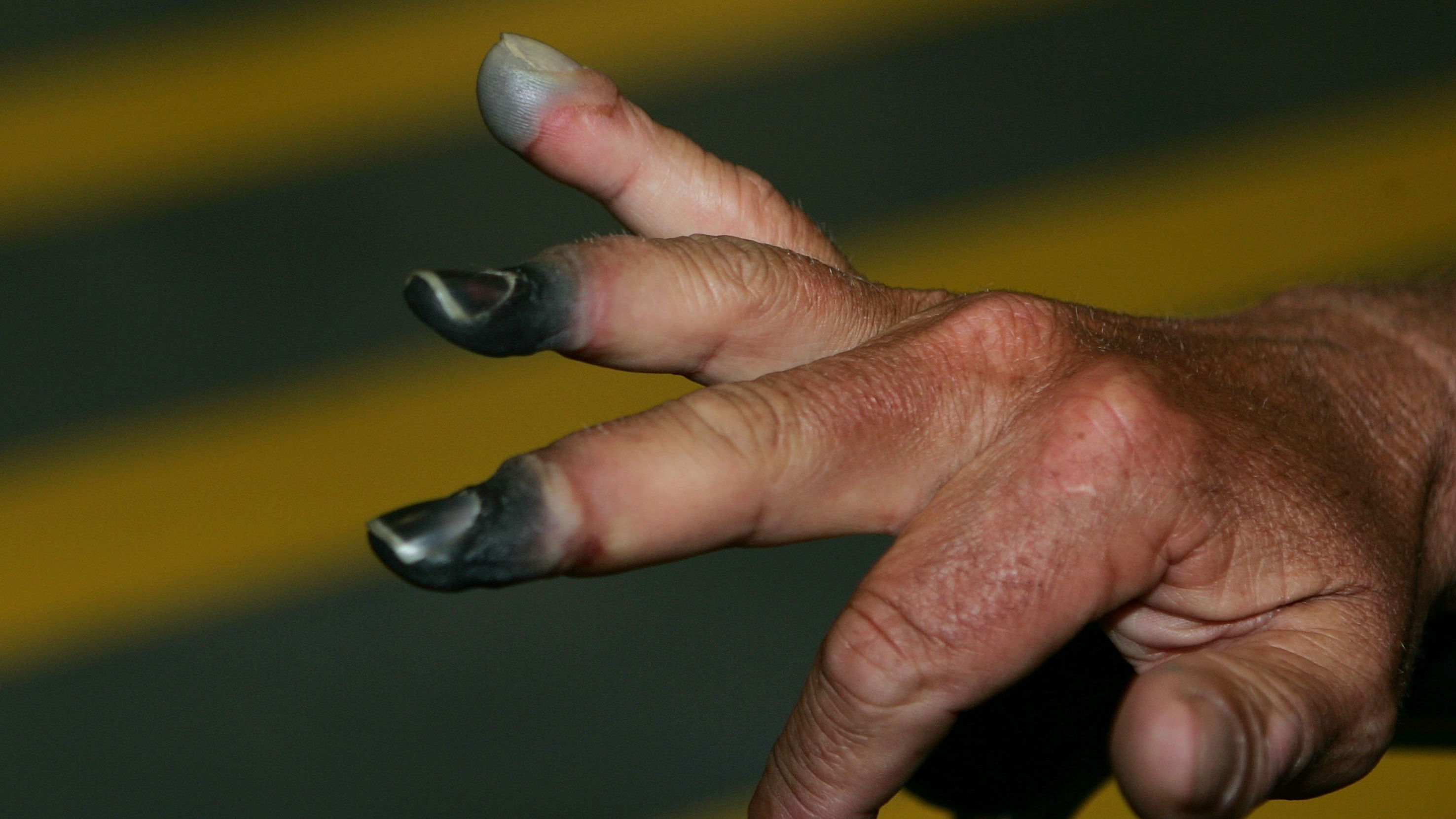
10. Chafing
Chafing is a form of abrasion/irritation caused by repeated friction between your skin and your clothing, backpack, or other parts of your skin (e.g. the insides of your thighs). Most cases start off with a mild rash in the affected area but can quickly develop into an excruciating, trip-ending wound if left untreated.
Prevention Wear properly fitting, seamless clothing, apply a lubricant like petroleum jelly to chafe-prone areas pre-hike, and use breathable, moisture-wicking underwear and base layers.
Treatment Clean the affected area, apply an antiseptic lotion or a zinc oxide cream and cover it with gauze to prevent further chafing. If in the middle of a hike, add more lubricant before setting off again.
This is covered in more detail in our guide on how to stop chafing when running and hiking.
Former Advnture editor Kieran is a climber, mountaineer, and author who divides his time between the Italian Alps, the US, and his native Scotland.
He has climbed a handful of 6000ers in the Himalayas, 4000ers in the Alps, 14ers in the US, and loves nothing more than a good long-distance wander in the wilderness. He climbs when he should be writing, writes when he should be sleeping, has fun always.
Kieran is the author of 'Climbing the Walls', an exploration of the mental health benefits of climbing, mountaineering, and the great outdoors.

